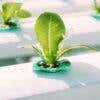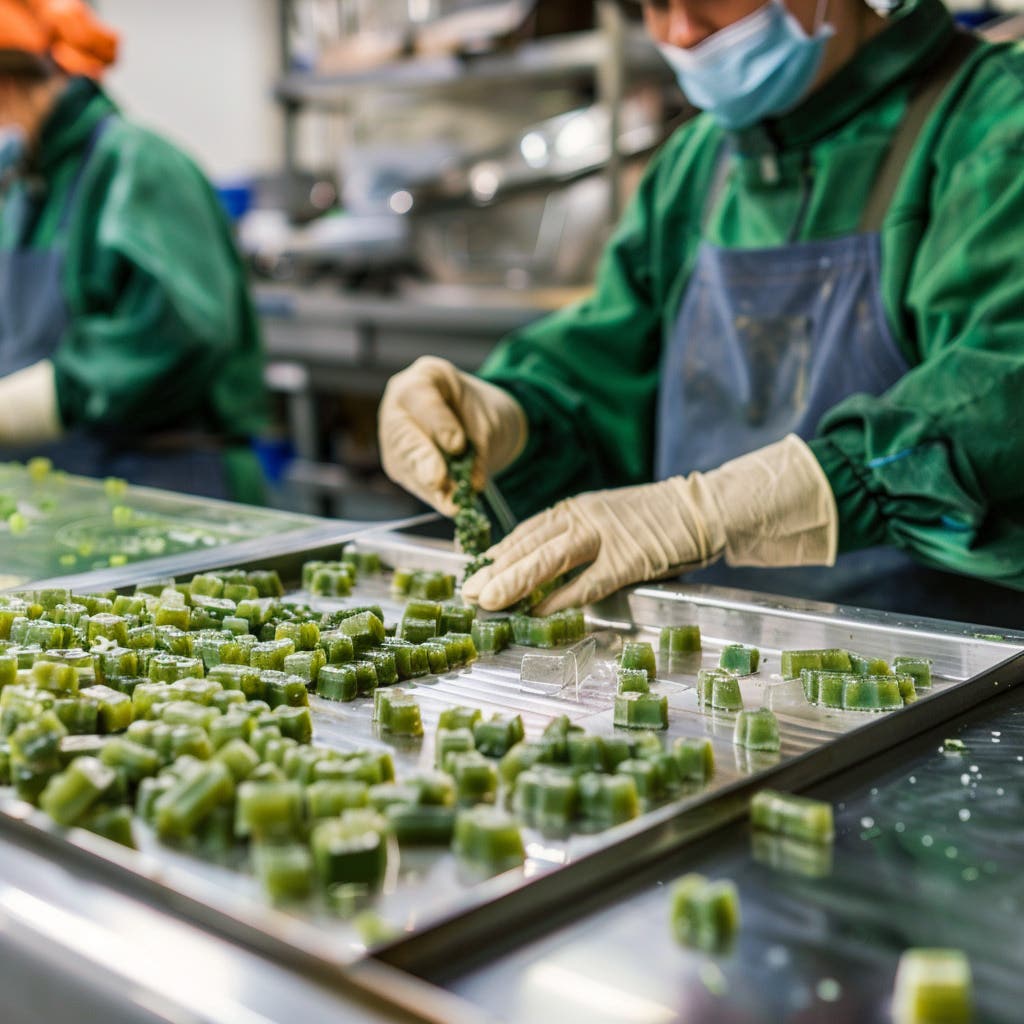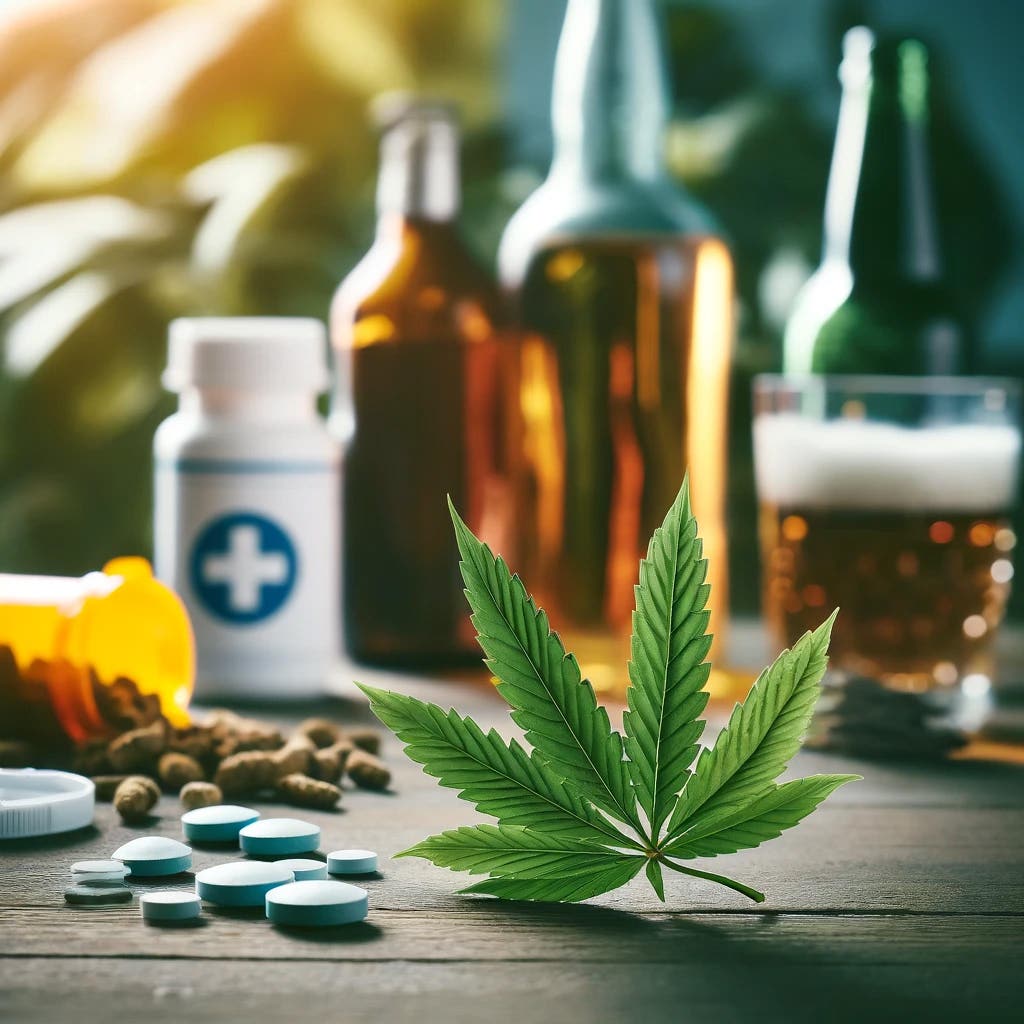Grow medium salinity has a critical impact on plant growth - too high an amount of dissolved solids and your plants will suffer; too low, and your plants could lack the vital nutrition they need to thrive and deliver the high yields you crave. A popular irrigation method when using hydroponic methods of plant growth is drip irrigation. Like any other method of irrigation, it can have a significant impact on the salinity of your medium.
Here we take a look at what drip irrigation is, and how it can affect salinity in your grow medium. We explain the terms TDS, EC, and PPM, enabling you to work out the ideal salinity parameters for your plants. We also look at how you can regulate your grow medium to ensure salinity remains at optimal levels throughout the growth cycle of your plants.
Measuring Salinity - TDS, EC, and PPM
To establish the salinity of your grow medium, and therefore be able to work out what effect, if any, your irrigation system is having on salinity levels, it's important to be familiar with TDS, EC, and PPM. These are three measurements that can be used to measure the amount and concentration of solids in your grow medium solution.
TDS - Total Dissolved Solids
This measurement relates to the total quantity of solids dissolved in water. The solids may be minerals, ions, or small particles. When it comes to hydroponics, the TDS will usually relate to the concentration of nutrients dissolved in the water you irrigate your plants with.
TDS is measured in PPM - parts per million - the number of units of mass of the additive in comparison with a million units of mass of the solvent. For example, freshwater is water that has a TDS of less than 1000ppm.
Other notable TDS/PPM definitions are:
- Brackish water - TDS up to 5000/PPM
- Saline water - TDS between 15,000 and 30,000 PPM
- Sea water - TDS between 30,000 and 40,000 PPM
- Brine - TDS above 40,000 PPM
Note that in the context of hydroponics, TDS doesn't relate just to sodium chloride - it's the total of all the minerals and other chemicals in the water.
EC - Electrical Conductivity
Although not an exact correlation, in general terms, the higher the concentration of additives in your irrigation water (so the higher the concentration of nutrients), the greater the electrical conductivity (EC) is going to be.
Pure water doesn't conduct electricity at all. Measuring the EC of your irrigation water is a straightforward way of working out how concentrated the nutrient solution is.
The concentration of your nutrient solution can be measured in either EC or PPM. If you need to convert one into the other (perhaps to ensure your nutrient solution is mixed at the right concentration), this useful conversion chart makes the job a whole lot easier.
What is Drip Irrigation and How Does it Work?
As the name suggests, drip irrigation works by providing plants with water that's administered in small amounts for a long period of time. The nutrient solution is delivered to plants via a network of irrigation strips, perforated with tiny holes (drip emitters) that drip water into the plant medium in a constant, steady supply.
Examples of drip irrigation include the micro drip irrigation system or the matrix system. In both cases, the irrigation can be timed electronically to deliver a set amount of water over a specific number of hours.
What are the Advantages of Drip Irrigation?
Plants Aren't Stressed
If plants are used to being watered using a watering can or short bursts of irrigation, they may become stressed if watering is delayed or missed. Drip irrigation delivers a constant supply of water and nutrients that can be adapted to the plant's natural cycle. With a constant nutrient supply, plants thrive and put all their energy into growth and, subsequently, flowering, as there are no stressors in their environment that may prompt them to go into survival mode (which could result in stunted growth and limited flowering).
Minimal Attention Required
Once the irrigation system is set up, it can be left to deliver the correct amount of nutrients and water that your plants needs. There's no need to manually water or feed your plants. Particularly if you have a large crop to attend to, or only limited time available, drip irrigation can work really well.
Optimal Water Efficiency
Drip irrigation systems are some of the most efficient water distribution systems on the market. Using drip irrigation ensures that the plants draw up an optimal amount of moisture, with minimal wastage. If you're hoping to keep your water bills as low as possible, drip irrigation is a good option.
To save more water and keep nutrient costs even lower, it's also possible to buy a recirculating drip irrigation system. This type of system catches any water that isn't taken up by plants, then carries it back to the main tank so that it can be recirculated.
Complete Irrigation and Nutrition Solution
Because nutrition and irrigation can be delivered through one system, drip irrigation provides a simple way of making sure your plants receive everything they need to thrive in one convenient solution. With so many high-grade, pre-prepared plant nutrition formulations on the market, finding one that's right for your plants' growth stage and adding it into your drip irrigation system is straightforward and convenient.
How Does Drip Irrigation Affect Grow Medium Salinity?
Drip irrigation delivers a programmable amount of irrigation over a set period of time. The salinity of the irrigation can be controlled by carefully measuring the right amount of fertilizer into the irrigation system.
For example, if you decide to use the Combo Nutrients Package, you'll end up with two different sets of nutrients - one that's been formulated specifically for use during the vegetation stage, and the other that's been formulated to provide optimal nutrition during the bloom stage. Provided you follow the directions and recommendations given in the dosing instructions, your plants should enjoy irrigation at the correct concentration throughout their lifecycle.
As well as the concentration of nutrients required varying throughout the growth cycle, the amount of irrigation needed also varies. To ensure that your plants don't become over salinated, it's important to ensure that their medium is at the correct degree of saturation. Obviously, if plants are allowed to remain in a higher degree of saturation than ideal, their growth may be compromised due to over-salination.
Following an approved irrigation schedule is a good way to ensure that the level of salinity your plants experience is appropriate for optimal growth.
Controlling Nutrient Levels
Drip irrigation delivers a measured amount of nutrients over a set period of time. When using drip irrigation, some growers are tempted to add more nutrients than the concentrations recommended. Another common error is to add additional nutrients to an already adequate nutrient mix. For example, if you add additional calcium or similar to a Bulky B™ nutrient product, which is already formulated to provide everything needed for strong plant growth, you'll end up with a solution that's too saline.
Checking Your Drip Irrigation System
Compared with other systems of irrigation, drip irrigation is a low-maintenance option that can be accurately calibrated to provide your plants with the nutrition and water they need. That said, problems may still occur.
The most common problem that drip irrigation users experience is blockage of the small holes in the system that deliver the water. If your nutrient solution hasn't been properly dissolved, or if you've used too much so that sediment remains, it's likely that particles will begin to accumulate around the drip holes. This can also happen if you use water that has sediment in it.
Partially (or completely) blocked drip holes can lead to your plants being deprived of the water and nutrients they need. It's important to check your irrigation system daily, as well as ensure that any nutrients you add to the water are correctly measured and thoroughly dissolved.
Using the Right Grow Medium
If your grow medium isn't capable of providing the varied saturation that your plants need to ensure a regular supply of nutrients, the plants are going to end up either too dry or too damp. One of the best grow mediums to use is coco coir. Coco coir is a hygienic, high-quality grow medium that's got a good degree of porosity at the same time as benefiting from a consistency that makes it ideal to anchor plants securely.
Complete Solution to Your Hydroponics Needs
Floraflex offers a one-stop solution to all your growing requirements. Backed by years of patient research, Floraflex brings together not only all the equipment and accessories you need for plants to thrive, but also a wealth of practical tips and "How to" guides that enable even novice growers to deliver great results.
Get in touch with the team at Floraflex to discover more about the benefits of drip irrigation, or with any other queries you might have about your hydroponics project.















